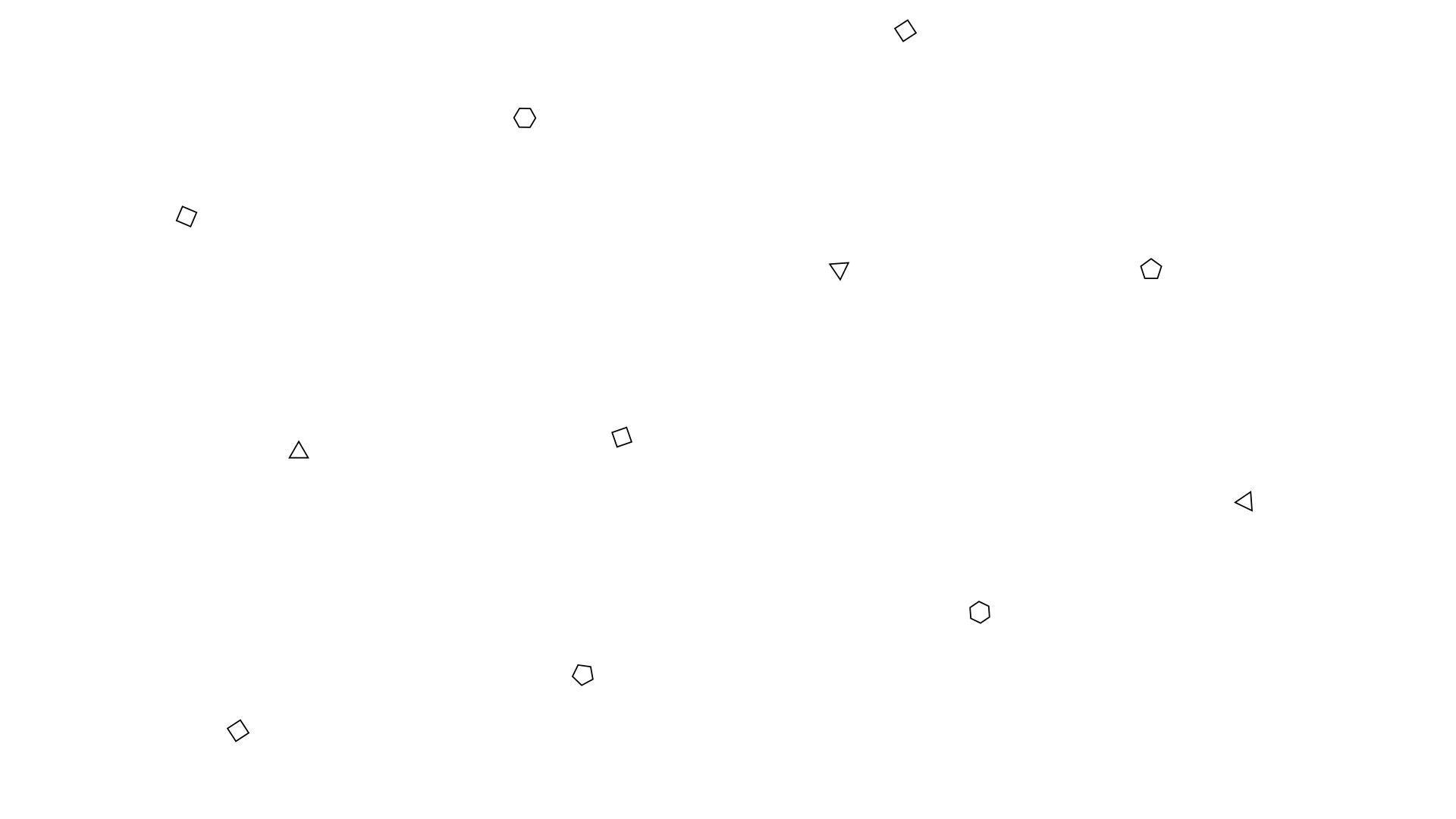
FMP
Andreas Gursky
Born in Leipzig, Germany in 1955, Gursky went on to become known for his large format architecture and landscape colour photographs. To fit in with my research I decided to have a look at the Rhine II. This is an image he captured in 1999. This image was the second in a set of 6 portraying the River Rhine. In the original image there were insignificant details for example dog walkers and factory buildings that he removed from the image, creating a view of the rhine that is not visible in real life. Gursky talks about the image saying: ‘there is a particular place with a view over the Rhine which has somehow always fascinated me, but it didn’t suffice for a picture as it basically constituted only part of a picture. I carried this idea for a picture around with me for a year and a half and thought about whether I ought perhaps to change my viewpoint ... In the end I decided to digitalise the pictures and leave out the elements that bothered me’.

When looking at the composition of this image, the horizon is on the middle third in the centre of the image. This is a different way to compose a landscape images, as usually it is best to have the horizon on the top third to reduce the amount of sky and bring in the foreground interest. However in this image this take on composition wouldn’t have worked, as there is no specific foreground interest. The original objects that were in the image, such as people and buildings have been removed. I think this is because the photographer wanted the audience to focus on the different elements of the location around the Rhine, instead of the buildings or the beautiful view. There are many different textures within the images, for instance the soft clouds with an almost smudged look to them; which is then separated by a small band of smooth grass verge, before your eye is lead to the glossy river flowing through the image before settling on the almost rough grass to fit with the feel of the cold tarmac path. Just by removing the buildings from the picture, it helps the image have an uninterrupted formal flow. It is more about the idea of a body of water flowing through the landscape rather than the specific location of the image.
The image itself was then reproduced in a large colour print mounted onto acrylic glass and then placed in a frame. The image measures 73in x 143in.In 2011, a print of this image was sold for a record $4.3million, making it the most expensive photograph ever sold and one of the largest. In December 2014, Peter Lik reportedly sold a photograph for $6.5million however these claims have not been certified and the mystery bidder has never come forward to prove such claims.